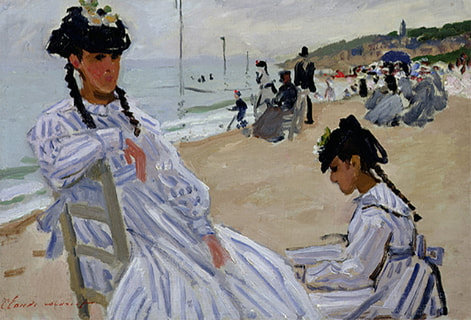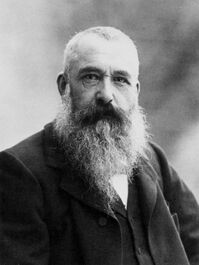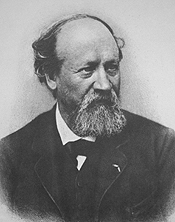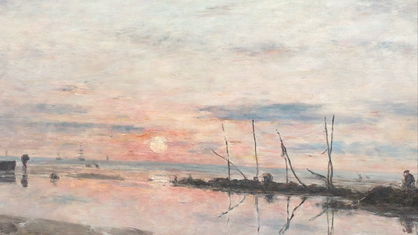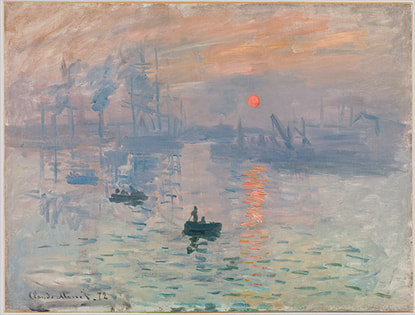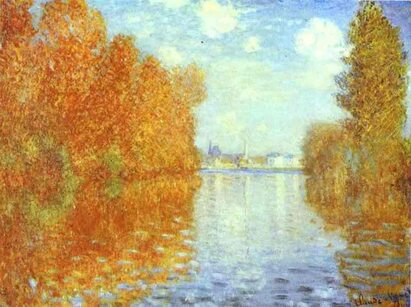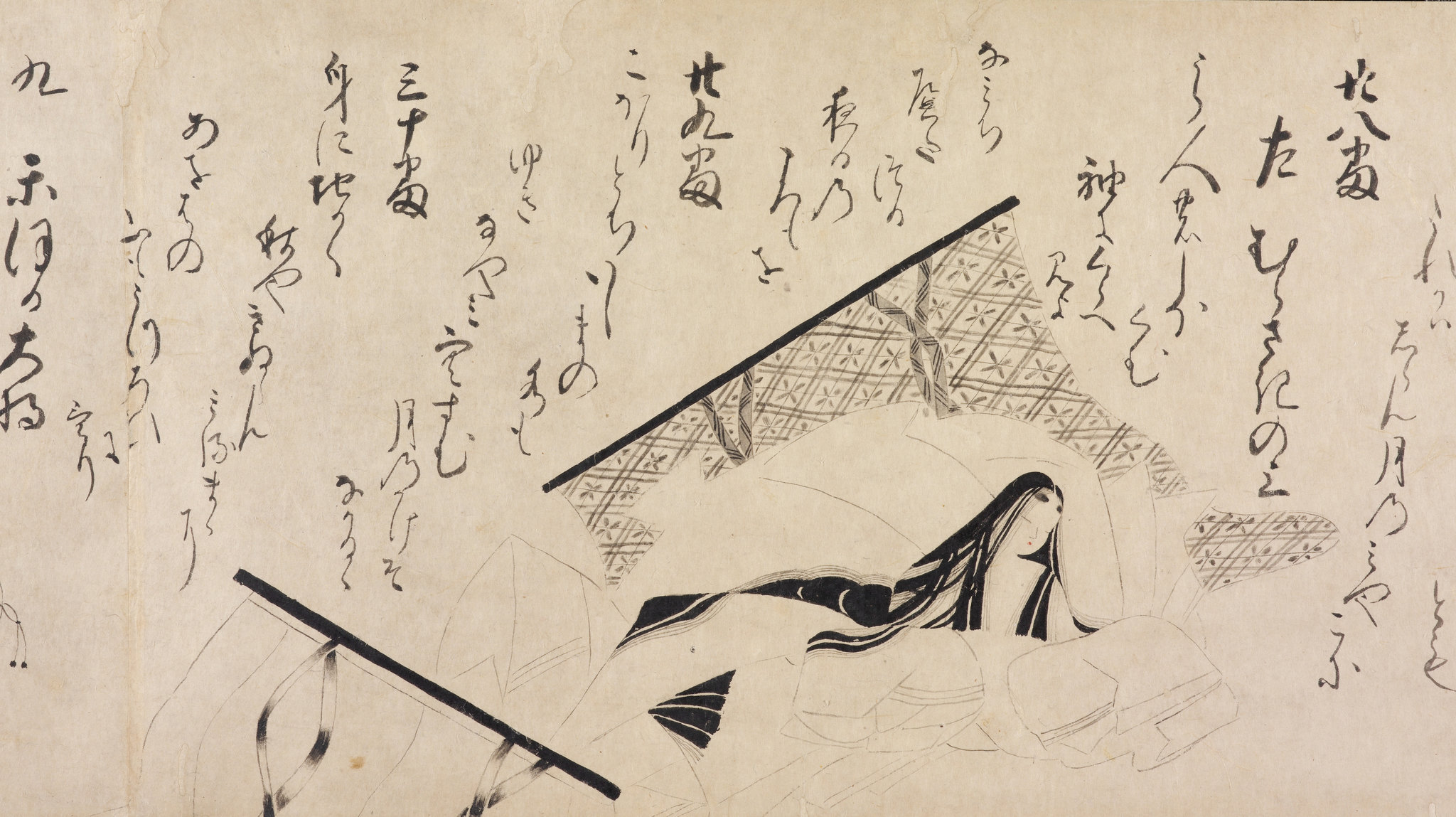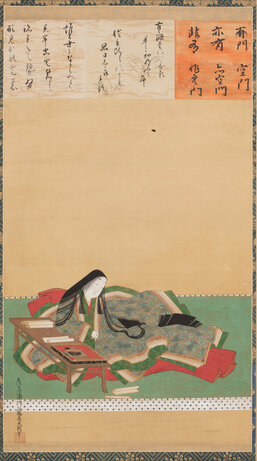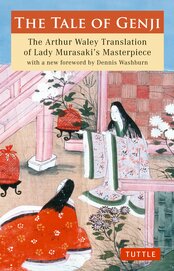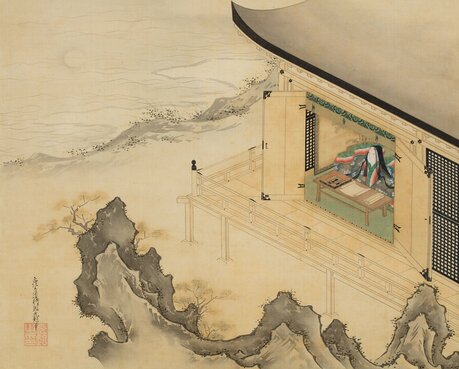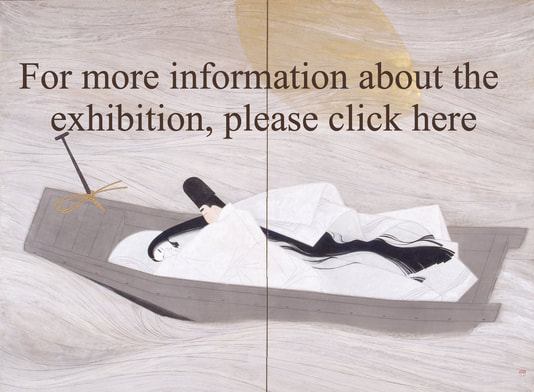Exposion: Monet: Impression, Sunrise, 7 June-1 September 2019, National Gallery of Australia21/4/2019
Title: Monet: Impression, Sunrise Time: 7 June - 1 September 2019 Place: National Gallery of Australia, Canberra, Australia Claude Monet was born in Paris on November 14, 1840 but his family moved to Le Havre in 1845 where he passed his early years, and showed strong interest and talent in drawing. In 1859, Claude Monet went to Paris with the encouragement of his friend Eugène Boudin to study painting. It was also Boudin, who encouraged Claude Monet to paint outdoor in the open air.( "En plain air") "It was Boudin", said Monet, "who initiated me... He revealed me to myself and started me on the right path". And from then on he spent "… his life expressing his own instinctive way of seeing" In 1872, Claude Monet finished his painting Port du Have: Impression, Soleil levant ( Impression, Sunrise). Two years later, in 1874, Claude Monet and his artist friends held their own show for the first time, and Monet's painting Impression, Sunrise, was among the paintings on show. One of the Critics at the time, Louis Leroy for Le Charivari, wrote an article "The Impressionist Exhibition" in the form of a dialogue from the imaginary perspective of an old-fashioned painter, shocked at the works of Monet and his associates: -...What is this a painting of? Look in the catalogue. -Impression, Sunrise. -Impression-- I knew it. I was just saying to myself, if I'm impressed, there must be an impression in there… And what freedom, what ease in the brushwork! Wallpaper in its embryonic state is more labored than this seascape! And without realising it, Leroy gave the name to one of the most famous art movement in the history: Impressionism. Together with Monet's own paintings, the explosion will also include some paintings by other artists who have influenced Claude Monet like JMW Turner and Eugène Boudin, or who are related to him like Alfred Sisley and James McNeill Whistler. He made a show of dressing modestly in a hunting cloak, of changing his costume, and of giving her no look at his face, and he never came to her until everyone in the house was asleep. He was so like a shape-changing creature of old that he caused her acute anguish, although his man- ner with her, and her own sen8se of touch, made her wonder how great a lord he might be.
“The Tale of Genji,”(源氏物語) is a novel in Japan’s Heian period (794-1185), written by a noblewoman and lady-in-waiting Murasaki Shikibu in the court of Empress Sh¬shi (988–1074) roughly between the years of 1006 to 1010. And Prince Genji, the main character of the first part of the tale is the favorite son of the Emperor.
The story, written in more than 1,000 pages, unfolds in 54 chapters with a large cast of three generations that includes beautiful live-in mistresses, part-time lovers, children, devoted retainers and Genji's brothers. Written in a period which was considered the golden age of Japanese culture, as it was mainly ruled by aristocratic families which paid more attention to rituals and beauty, the novel is universally recognized as the greatest masterpiece of Japanese prose narrative, perhaps the earliest true novel in the history of the world. Murasaki Shikibu is not the real name of the author, but a sort of a pen name. It is a combination of Murasaki, one of the main heroines and an office title of her father, Shikibu (Bureau of Rites), because her father held a post at one time in that bureau.
Over the centuries, many Japanese artists have tried to give its scenes visual form in illustrated “Genji” albums, handscrolls, hanging scrolls, large folding screens and miniaturized version of colorless ink-line painting.
This is the first major loan exhibition in North America to focus on the artistic tradition inspired by Japan's most celebrated work of literature, The Tale of Genji. Covering the period from the eleventh century to the present, the exhibition features more than 120 works, including paintings, calligraphy, silk robes, lacquer wedding set items, a palanquin for the shogun's bride, and popular art such as ukiyo-e prints and modern manga. Highlights include two National Treasures and several works recognized as Important Cultural Properties. For the first time ever outside Japan, rare works are on view from Ishiyamadera Temple—where, according to legend, Shikibu started writing the tale.
|
Archives
July 2023
|
